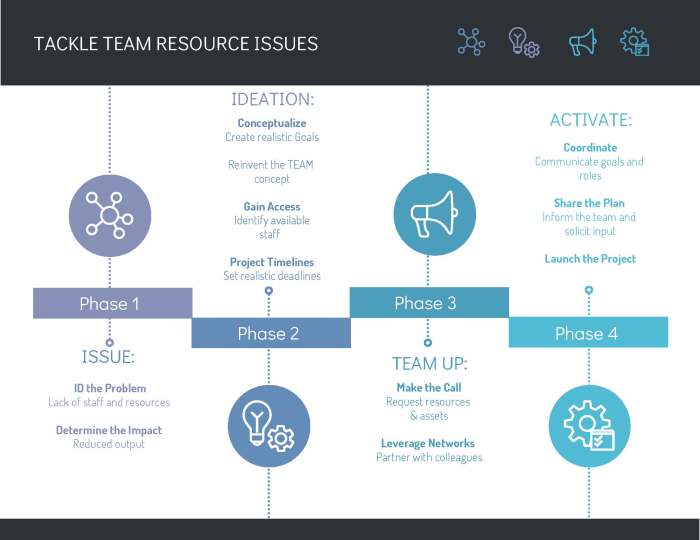The days when people worked for the same organization for 20 years are over ever since people began to realize that they the opportunity to earn money based on their multiple talents. This concept started a movement which included online training and education programs, skills workshops for working professionals and detail assignments which allow you to learn other skills to prepare you for the next level career move.
So what happens when you finish the advance professional training, you complete the stretch-assignment tasks that make your organization look great and land the new job? While "winging it" is one approach, it may come off a self-centered.
Leaders tend to have a mini action plan outlining what happens next before the new career launch.
Moreover, a sensible Exit Strategy helps foster a smooth transition between your old organization and new one.
In the field we call this the "Close Out Process." How does this work?
So what happens when you finish the advance professional training, you complete the stretch-assignment tasks that make your organization look great and land the new job? While "winging it" is one approach, it may come off a self-centered.
Leaders tend to have a mini action plan outlining what happens next before the new career launch.
Moreover, a sensible Exit Strategy helps foster a smooth transition between your old organization and new one.
In the field we call this the "Close Out Process." How does this work?
7 Exit Strategy Quick Tips
- Create a plain language transition plan outlining your recent annual goals and accomplishments
- Communicate with existing leadership team and be responsive to their questions and comments so they have a good baseline on what needs to happen after you leave
- Archive old files so that they are accessible to your old team
- Connect with your new supervisor(s) to learn what their priorities will be and your requirements even before you get to your desk on day one
- Learn the lingo, review the latest news and info about your new job so you are well-versed in their most prolific activities
- Reach out to your former internal contacts to announce your departure and share lessons learned
- Don't burn bridges before you leave the old job to start the new one. Respectfully communicate with everyone, even those who were not so nice while you worked at the old job. Remember to rise when others do not because your work will always represent your best efforts.


